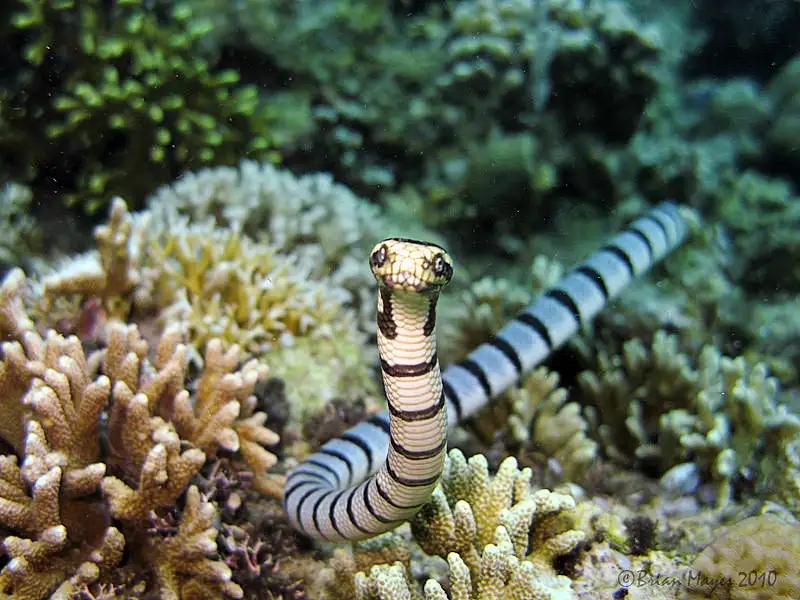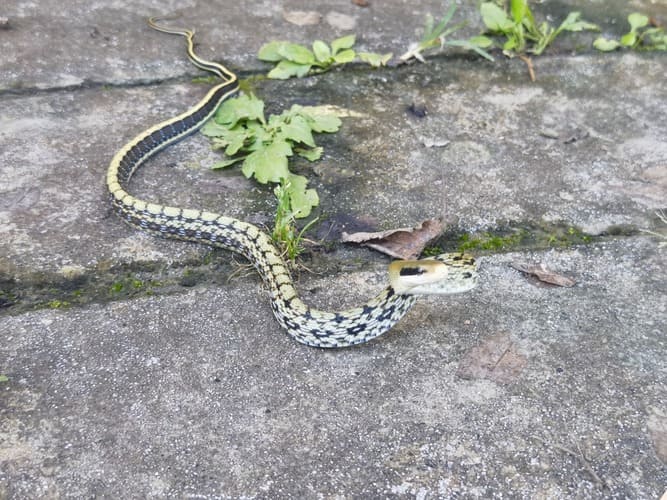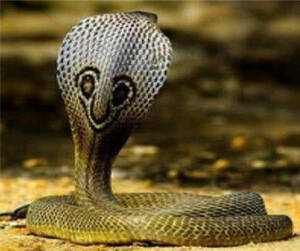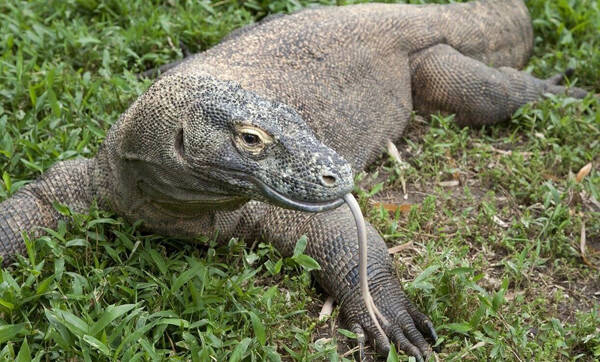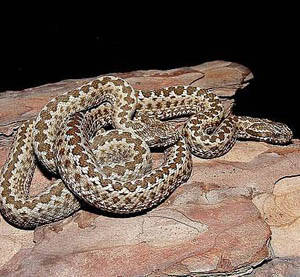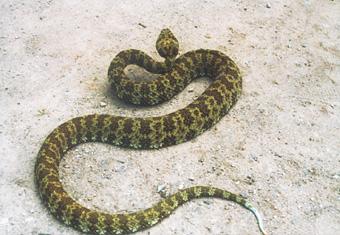Thermophis baileyi
IUCN
LCBasic Information
Scientific classification
- name:Thermophis baileyi
- Scientific Name:Thermophis baileyi,Hot Spring Snake
- Outline:Squamata
- Family:Colubridae S.snake
Vital signs
- length:78-100cm
- Weight:No verification information
- lifetime:About 15 years
Feature
The snake that lives at the highest altitude
Distribution and Habitat
Only found in Tibet, China (Lhasa, Gyantse, Gongbu Gyamda, Dangxiong Yangbajing).
The habitat of the hot spring snake is very special and its distribution area is relatively narrow. In particular, it only appears near some hot springs in the Himalayan trough belt above 4,300 meters above sea level, and has not been found near hot springs in Qinghai Province north of the Kunlun Mountains, indicating that the origin and evolution of the hot spring snake are closely related to the formation and uplift of the Qinghai-Tibet Plateau. At the same time, existing morphological and chromosome studies have shown that the hot spring snake not only retains some primitive traits, but also has some specialized traits, which are quite different from other snakes in the family Colubridae in my country.
Appearance
Small to medium-sized snake, with a total length of 780-1000 mm. The head is relatively short and not clearly distinguished from the neck. There are 8 (3-2-3) upper lip scales, 1 (0,2) cheek scales; 2 preorbital scales, 3 postorbital scales; 2+3 temporal scales. There are 19-19-17 rows of dorsal scales, all of which are ridged except the outermost row, which is smooth or weakly ridged; there are 205-218 ventral scales, 2 anal scales, and 96-120 pairs of subcaudal scales. The back is yellow-brown or olive green, with 3 dark brown spots, the central row is larger, and there are several light and dark vertical stripes on both sides; the ventral surface is yellow-brown or yellow-green, with 1 black spot on each side of the ventral scales, forming a chain pattern. It lives near hot springs above 4,300 meters above sea level, and is found in piles of rocks, marsh meadows, and also in rivers. It may eat fish and frogs. It lays eggs, laying about 6 eggs each time. Distributed in Tibet (Lhasa,
Details
The hot spring snake, whose Latin name is Thermophis baileyi, is the only snake species with the highest vertical distribution (4,350 m) in my country and is unique to the Tibetan Plateau in my country.
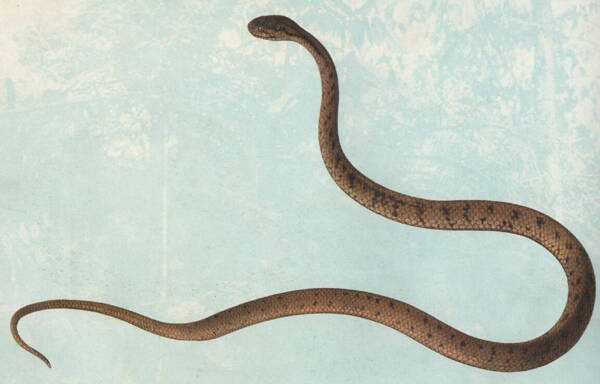
Currently, little is known about the living habits of hot spring snakes. It is only known that it lives in the rock piles, waterside, and marsh meadows near the hot springs at an altitude of 3960-4350m, and mainly feeds on fish, mice, and alpine frogs.
The hot spring snake is oviparous, with a hemipenis of two lobes, which is contracted to the 20th-21st tail scales, bifurcated at the 17th tail scale, and the spine area accounts for 1/3 of the hemipenis, with 30-40 spines and 1/3 of the small calyx area. The sperm groove bifurcates at the 9th tail scale and reaches the top of the two lobes. The penis traction muscle originates from the 54th tail subscale and forks at the 20th tail subscale. The number of chromosomes of the hot spring snake is consistent with that of most snakes, 2n=36 (14M+2T+20m), and the fourth pair of chromosomes are sex chromosomes, ZW type.
The hot spring snake has a limited distribution, unique habitat, small population and individual numbers, and specimens are not easy to obtain. Therefore, there are not many research reports on this species since the new species was published.
It is included in the "List of Terrestrial Wildlife with Important Economic and Scientific Research Value under State Protection" issued by the State Forestry Administration of China on August 1, 2000.
Listed in the 2013 Red List of Endangered Species of the World Conservation Union (IUCN) ver3.1—Near Threatened (NT).
Listed in the China Biodiversity Red List—Vertebrate Volume, with an assessment level of Vulnerable (VU).
Protect wild animals and eliminate game.
Maintaining ecological balance is everyone's responsibility!

